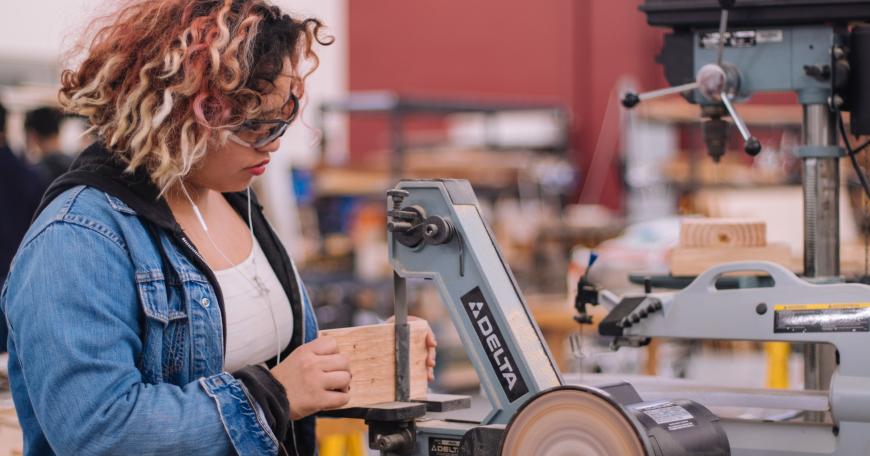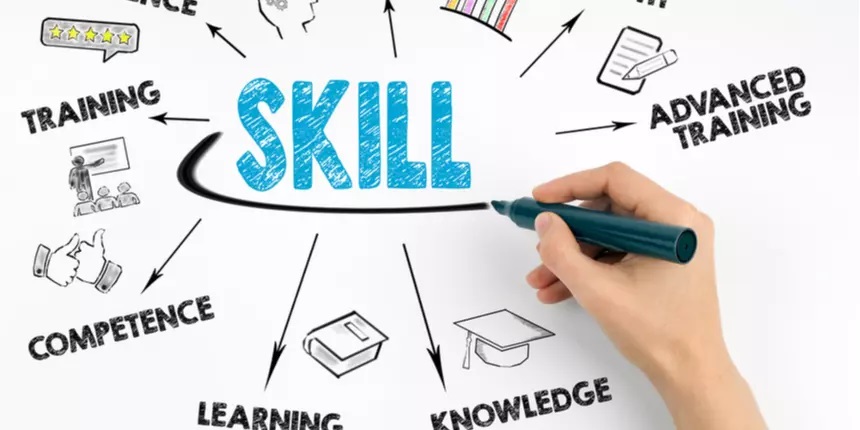In today’s competitive job market, simply obtaining a degree is no longer sufficient to guarantee a successful career. Employers are looking for well-rounded candidates with practical skills, strong work ethics, and the ability to adapt to new technologies and changing market trends. Therefore, it is essential for educational institutions to align their curricula with the needs of the global economy, and provide students with the tools and knowledge necessary to thrive in the workforce.
To bridge the gap between education and the economy, educational institutions should focus on developing essential skills such as critical thinking, problem-solving, communication, teamwork, and creativity, along with subject-specific knowledge. These skills are not only necessary to succeed in the job market, but also have long-lasting benefits in personal and professional life.
One way to cultivate these skills is to introduce project-based learning (PBL), where students work on real-world challenges in a collaborative and interdisciplinary environment. PBL allows students to apply their knowledge in a practical setting, work on open-ended problems, and develop essential skills such as research, communication, and problem-solving.

Furthermore, schools should also invest in digital literacy programs to prepare students for the future of work. This involves teaching students how to use digital tools and platforms effectively, and how to adapt to the rapidly changing technologies in the workplace. Digital literacy is crucial for both employees and employers, as it enables them to stay competitive in the global market, and opens up new opportunities for innovation and growth.
In addition, internships and apprenticeships provide an excellent opportunity for students to gain hands-on experience in their field of interest. Internships offer valuable insights into the realities of the workforce, and help students understand the skills and attributes needed to succeed in the industry. Moreover, apprenticeships provide students with the opportunity to learn from experienced professionals, develop industry-specific skills, and build networks in the industry.
Finally, educational institutions should foster a culture of entrepreneurship and innovation, where students are encouraged to think outside the box, take risks, and pursue their entrepreneurial dreams. Entrepreneurship education teaches valuable skills such as risk-taking, networking, business planning, and financial management, which are essential for success in any field.

Education plays a critical role in preparing students for the workforce. By aligning their curricula with the needs of the global economy and providing students with the tools and knowledge they need to succeed, educational institutions can bridge the gap between education and the economy. This not only benefits the students, but also creates a better-trained and more competitive workforce, which is essential for economic growth and prosperity.




